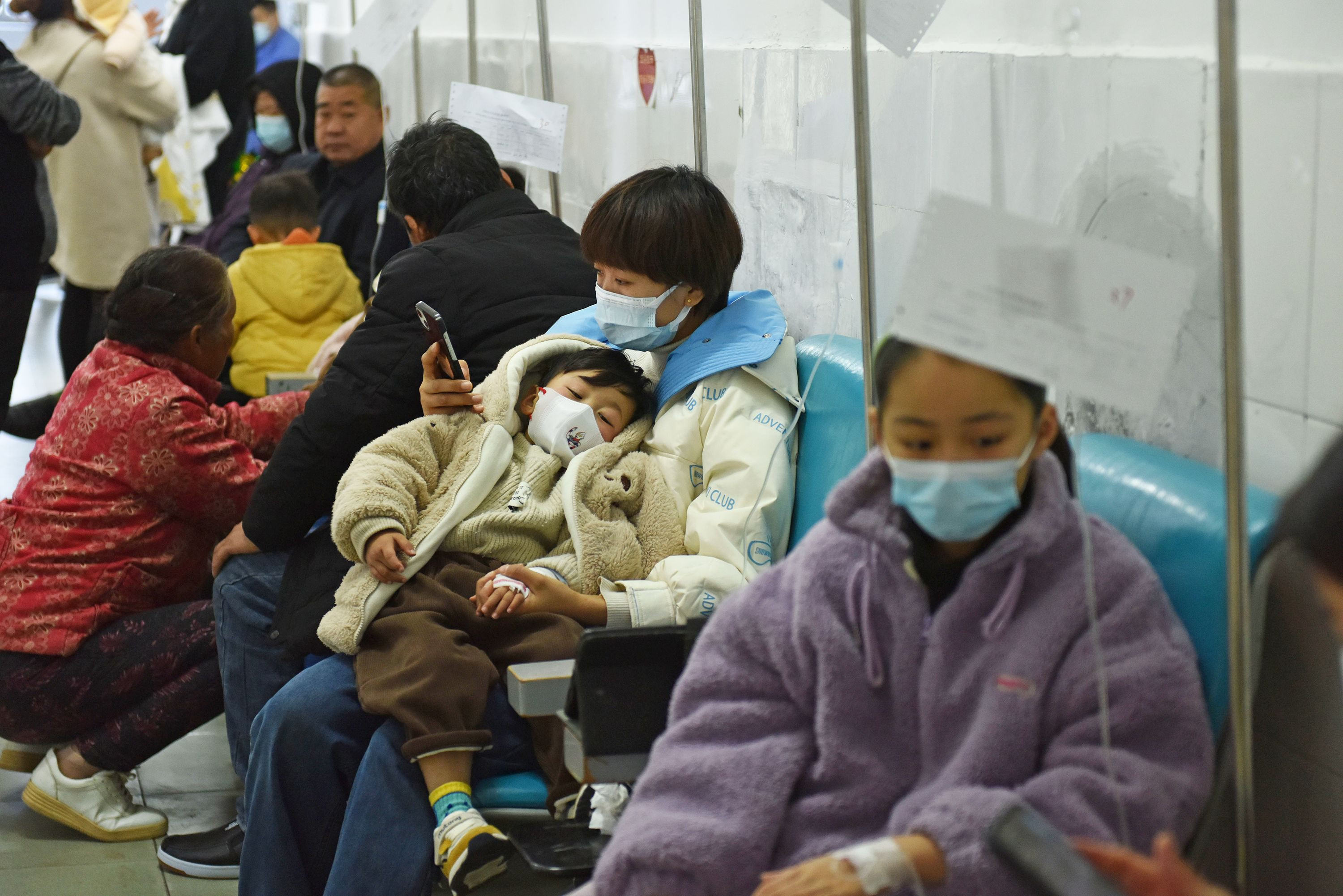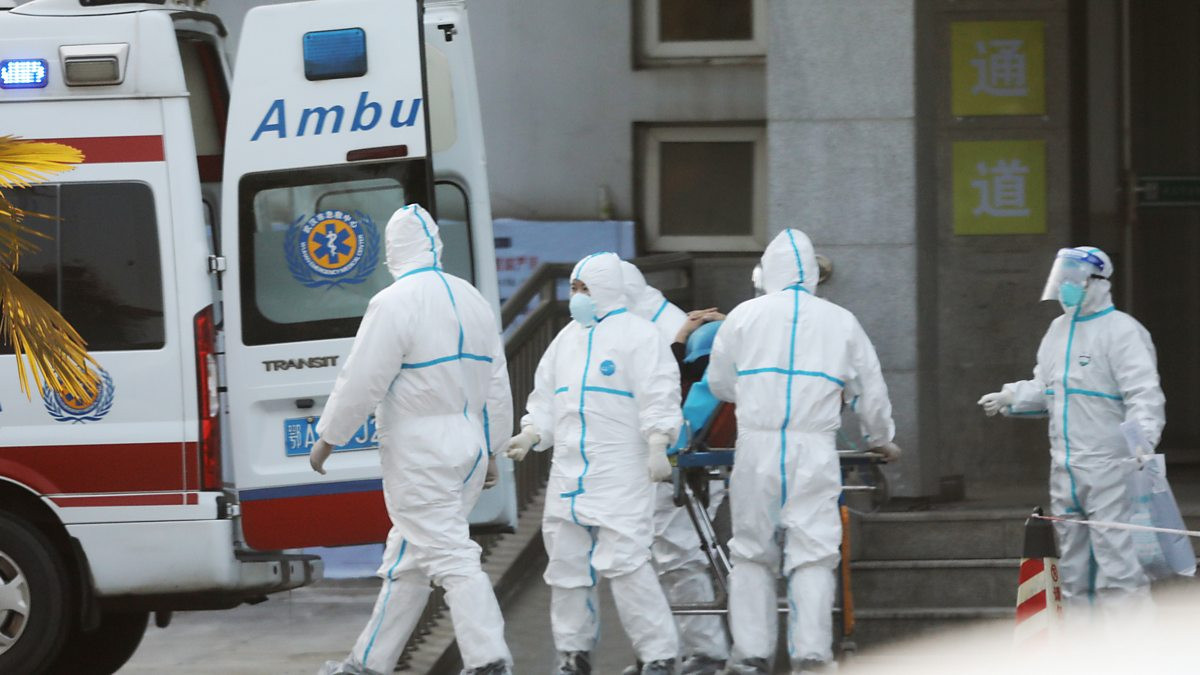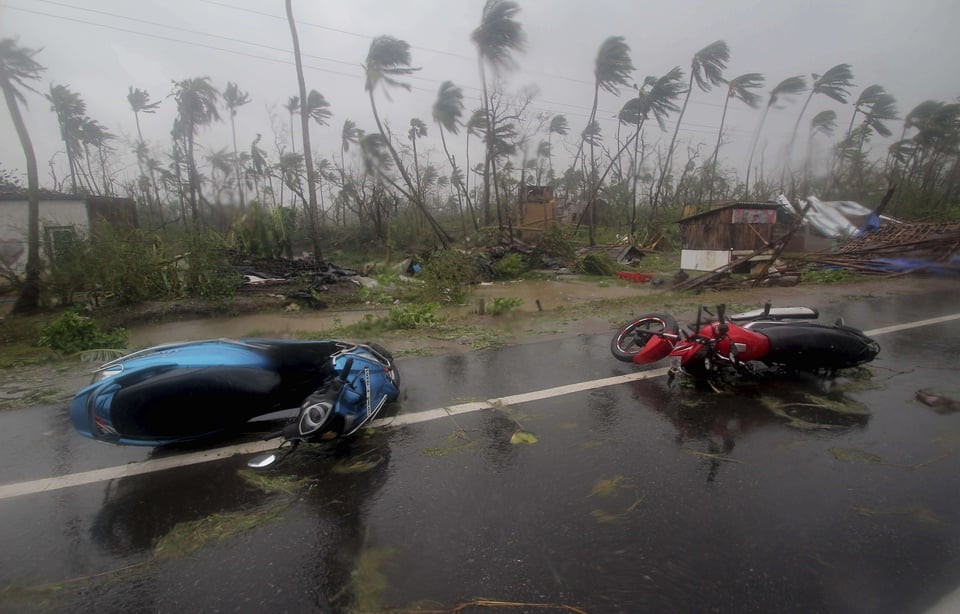China's HMPV Surge: Is a New Respiratory Virus Outbreak Brewing?
A recent surge in human metapneumovirus (HMPV) infections among children in China has sparked concerns, prompting health officials and experts to investigate the situation. While the exact scale of the outbreak remains unclear, the rise in HMPV cases has raised questions about its potential impact and the necessary precautions to take.
Understanding Human Metapneumovirus (HMPV)
HMPV is a respiratory virus belonging to the same family as respiratory syncytial virus (RSV). First discovered in 2001, HMPV causes a range of respiratory illnesses, from mild cold-like symptoms to severe lung infections like bronchitis and pneumonia. According to the U.S. Centers for Disease Control and Prevention (CDC), HMPV is responsible for approximately 20,000 hospitalizations annually among children under 5 in the U.S. The virus is particularly concerning for young infants, the elderly, and those with weakened immune systems, making them vulnerable to severe symptoms. Professor Andrew Easton, a virology professor at the University of Warwick, noted that while HMPV has been a recognized problem since its discovery, any change in the incidence of the infection warrants investigation into the cause.
HMPV Symptoms and Transmission
Common symptoms of HMPV infection include cough, fever, nasal congestion, and shortness of breath. These symptoms can escalate into more serious conditions such as bronchitis or pneumonia. The virus spreads through respiratory droplets produced during coughing or sneezing, similar to other respiratory viruses like influenza and COVID-19. Preventing HMPV transmission is largely the same as preventing the spread of other respiratory viruses; measures include frequent handwashing, covering coughs and sneezes, and maintaining distance from infected individuals. The incubation period is typically 3-6 days and the infection duration is variable but similar to other respiratory infections.
The Situation in China
Reports from Chinese state media and international news agencies indicate a rise in HMPV infections among children aged 14 and under in China. Kan Biao, head of the China CDC's National Institute for Communicable Disease Control and Prevention, announced this increase on December 27th. While the precise extent and causes of the surge remain unknown, the Chinese authorities are actively investigating the situation. Experts, such as Easton, highlight the importance of determining if behavioral changes or viral mutations have contributed to the increase in infections. Currently, mutations are considered unlikely, but further genetic analysis is underway.
Concerns and Responses
While there's no cause for widespread alarm, the situation is being closely monitored. China Daily reported that the overall spread of respiratory infections in China this winter has been lower than in previous years, but the rise in HMPV cases nonetheless requires careful scrutiny. Health officials emphasize the importance of implementing general precautions against respiratory infections, such as avoiding close contact with individuals exhibiting symptoms and practicing good hygiene. They have also called for increased vigilance in reporting cases to facilitate tracking and response. There are currently no available vaccines or specific antiviral treatments for HMPV; treatment remains supportive, focused on managing symptoms and ensuring stability of vital signs. This means that prevention through basic hygiene practices is crucial.
Global Implications and Preparedness
The increase in HMPV cases in China underscores the ongoing importance of global surveillance and preparedness for emerging infectious diseases. The rapid spread of infectious diseases can overwhelm healthcare systems, particularly when dealing with vulnerable populations such as young children and the elderly. The experience with COVID-19 has highlighted the need for robust public health infrastructure, effective communication strategies, and international collaboration to manage future outbreaks. The relatively low prevalence of respiratory illnesses compared to previous years in China shows that the situation, while concerning, does not currently appear to be an alarming epidemic, but monitoring and preventative measures are still essential.
Looking Ahead: Preventing Future Outbreaks
The lessons learned from the COVID-19 pandemic should guide our approach to future outbreaks. Investing in early warning systems, strengthening healthcare capacity, and promoting public health education are critical. International cooperation is also essential for sharing information, coordinating responses, and developing effective strategies to mitigate the impact of emerging infectious diseases. Continuous monitoring of HMPV and other respiratory viruses will be vital for early detection of potential outbreaks and for swift, effective public health interventions. The collective global response to potential threats like these must be swift and decisive to prevent the widespread impact seen in the wake of other major outbreaks. Regular hand washing, covering coughs and sneezes, and staying home when sick are fundamental steps everyone can take.


















